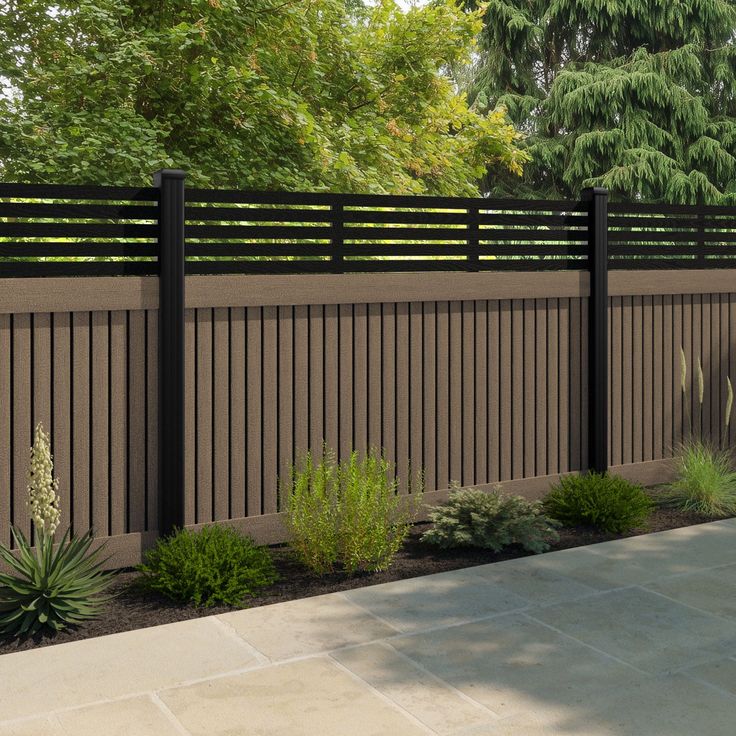Wildlife, while a vital part of rural ecosystems, can pose significant challenges to landowners, particularly those involved in agriculture, gardening, or forestry. From deer browsing on crops to smaller animals damaging orchards or invading gardens, effective wildlife management often necessitates robust fencing solutions. Y posts, with their inherent strength, ease of installation, and adaptability, provide an excellent foundation for creating effective and durable wildlife exclusion fences.
Understanding the Wildlife Threat
Before designing a Y post fence for wildlife management, it’s crucial to identify the specific animals causing issues. Different species require different fencing strategies:
- Deer: Known for their jumping ability, deer require tall fences.
- Rabbits, Groundhogs, Skunks, etc.: These smaller animals often burrow under fences or squeeze through small gaps.
- Coyotes, Foxes, Wild Dogs: Predators may attempt to jump over, dig under, or push through fences to access livestock or poultry.
- Wild Pigs/Hogs: Extremely destructive, wild pigs can root under fences and are very strong, requiring robust barriers.
- Birds: Can be a nuisance in orchards and vineyards, necessitating overhead netting.
Key Considerations for Y Post Wildlife Fences
The effectiveness of a Y post fence for wildlife hinges on several factors:
1. Fence Height
This is perhaps the most critical factor, especially for jumpers like deer.
- Deer Fencing: For effective deer exclusion, fences typically need to be 7 to 8 feet (2.1 to 2.4 meters) tall. This means using Y posts that are 9 to 10 feet (2.7 to 3 meters) in length to ensure adequate above-ground height after burial.
- Smaller Animals: For rabbits, groundhogs, and similar pests, the fence height above ground might be less (2-3 feet or 0.6-0.9 meters), but the key is often the material extending below ground.
2. Burial Depth and Skirting
For burrowing animals, simply having a fence above ground is insufficient.
- Below-Ground Extension: The fencing material (e.g., hardware cloth, woven wire) should extend at least 6 to 12 inches (15 to 30 cm) below the ground. This can be achieved by burying the bottom edge of the mesh in a trench or by creating an “L-shaped” skirt that extends outwards underground to deter digging.
- Deeper Post Burial: In loose or sandy soils, driving Y posts deeper (40-50% of their length) enhances overall fence stability, making it harder for animals to destabilize the posts by pushing or digging around them.
3. Wire/Mesh Type
The choice of fencing material attached to the Y posts is crucial for effective exclusion.
- Deer Netting: High-strength, lightweight plastic mesh, often black to be less visible. It’s designed specifically for deer exclusion and is typically used with tall Y posts.
- Woven Wire Mesh (Field Fence/Netting): Excellent for a wide range of animals, from deer (if tall enough) to sheep, goats, and smaller predators. Different mesh sizes are available depending on the target animal.
- Hardware Cloth: A fine, galvanized steel mesh, ideal for burrowing animals when buried partially underground. Its small openings prevent even very small animals from passing through.
- Electric Fence Wire: A highly effective psychological barrier. Single or multiple strands of polywire, polytape, or high-tensile electric wire can be run on insulators attached to Y posts. This is particularly effective for deterring deer (often as an offset wire on an existing fence) or larger predators.
- Barbed Wire: Can be used as a top or bottom strand for added deterrence against climbing or digging, especially for predators or wild pigs.
4. Post Spacing
While Y posts are strong, appropriate spacing ensures the chosen wire or netting remains taut and effective.
- Taller Fences (e.g., Deer): Closer spacing (e.g., 6-8 feet or 1.8 to 2.4 meters) might be needed to maintain the stability of taller posts and the integrity of the netting under wind loads.
- Woven Mesh/Hardware Cloth: Requires closer spacing (e.g., 8-12 feet or 2.4 to 3.6 meters) to prevent sagging and ensure the mesh is tight enough to prevent animals from pushing through.
Installation Tips for Wildlife Fences
- Clear the Fence Line: Remove vegetation that could provide cover for animals or interfere with electric fence conductivity.
- Install Corner/End Posts with Bracing: For any tensioned fence, robust bracing at corners and ends is vital to withstand the forces exerted by wildlife.
- Ensure Ground Contact: For burrowing animals, ensure the bottom of the fence is flush with the ground, or buried effectively.
- Regular Inspection: Periodically check the fence for damage, especially after storms, and ensure wires are taut and free of vegetation if electric.
By carefully planning and implementing a Y post fence system tailored to the specific wildlife threats, landowners can effectively protect their valuable crops, livestock, and property, ensuring peace of mind and a successful harvest.


